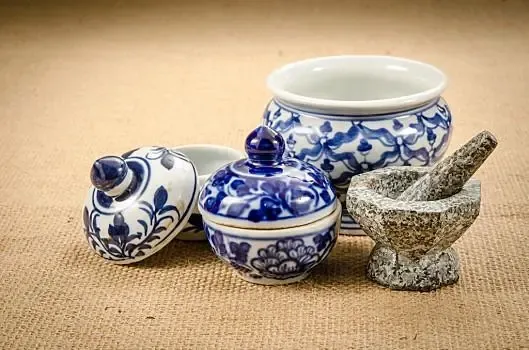Sodium Tripolyphosphate: A Multifunctional Ceramic Additive
Important Role in Ceramics
Ceramic materials play a significant role in house decoration, industrial production, and tableware. The use of ceramic auxiliary materials, or small materials, can reduce production energy consumption, improve process performance, lower production costs, and enhance production efficiency.
Industrial Sodium Tripolyphosphate’s Versatile Application
Sodium Tripolyphosphate (STPP) is considered a multifunctional ceramic additive for several reasons.
Enhancing Liquidity
Sodium Tripolyphosphate, also known as a water reducer, condenser, or dispersant, primarily improves the liquidity of ceramic and glazed pulp. By reducing the moisture content of the slurry, it becomes easier to flow and less likely to precipitate, facilitating various processes.
Dispersion and Suspension Effects
Diversified Effects: STPP prevents ceramic particles from agglomerating, ensuring that each component of the raw materials is evenly dispersed in the liquid medium.
Suspension: It forms a stable liquid-liquid system with high suspension and good liquidity, improving the suspended stability of the slurry.
Water Reduction Effect
STPP is widely used as a water reducer in ceramic additives to improve flow rates. It maintains appropriate viscosity, liquidity, and high-solid phase content under low moisture conditions, enhancing operability and achieving energy conservation and consumption reduction.
Irreplaceable Ceramic Additive
In various processes of preparing ceramic raw materials, from powder preparation to molding, drying, and sintering, Sodium Tripolyphosphate plays an essential role. Its application directly improves product quality, performance, variety, and process conditions. For more information, you can consult with Goway Chemical Customer Service.
Conclusion
Sodium Tripolyphosphate is a vital additive in the ceramics industry, offering benefits such as improved liquidity, dispersion, suspension stability, and water reduction. Its multifunctional properties make it an irreplaceable component in ceramic production, enhancing product quality and process efficiency.
FAQ
Q: What is the primary role of Sodium Tripolyphosphate in ceramics? A: It improves liquidity, dispersion, and suspension stability, and acts as a water reducer to enhance the flow rate of ceramic and glazed pulp.
Q: How does STPP affect the production process of ceramics? A: It reduces moisture content, prevents particle agglomeration, and maintains appropriate viscosity and liquidity, facilitating various production processes.
Q: Why is STPP considered irreplaceable in ceramic production? A: Its multifunctional properties directly improve product quality, performance, variety, and process conditions in ceramic production.
Q: Can STPP help in energy conservation during ceramic production? A: Yes, by improving the flow rate and maintaining low moisture content, STPP helps achieve energy conservation and consumption reduction.
Q: Where can I get more information about using STPP in ceramics? A: You can consult with Goway Chemical Customer Service for more detailed information.

